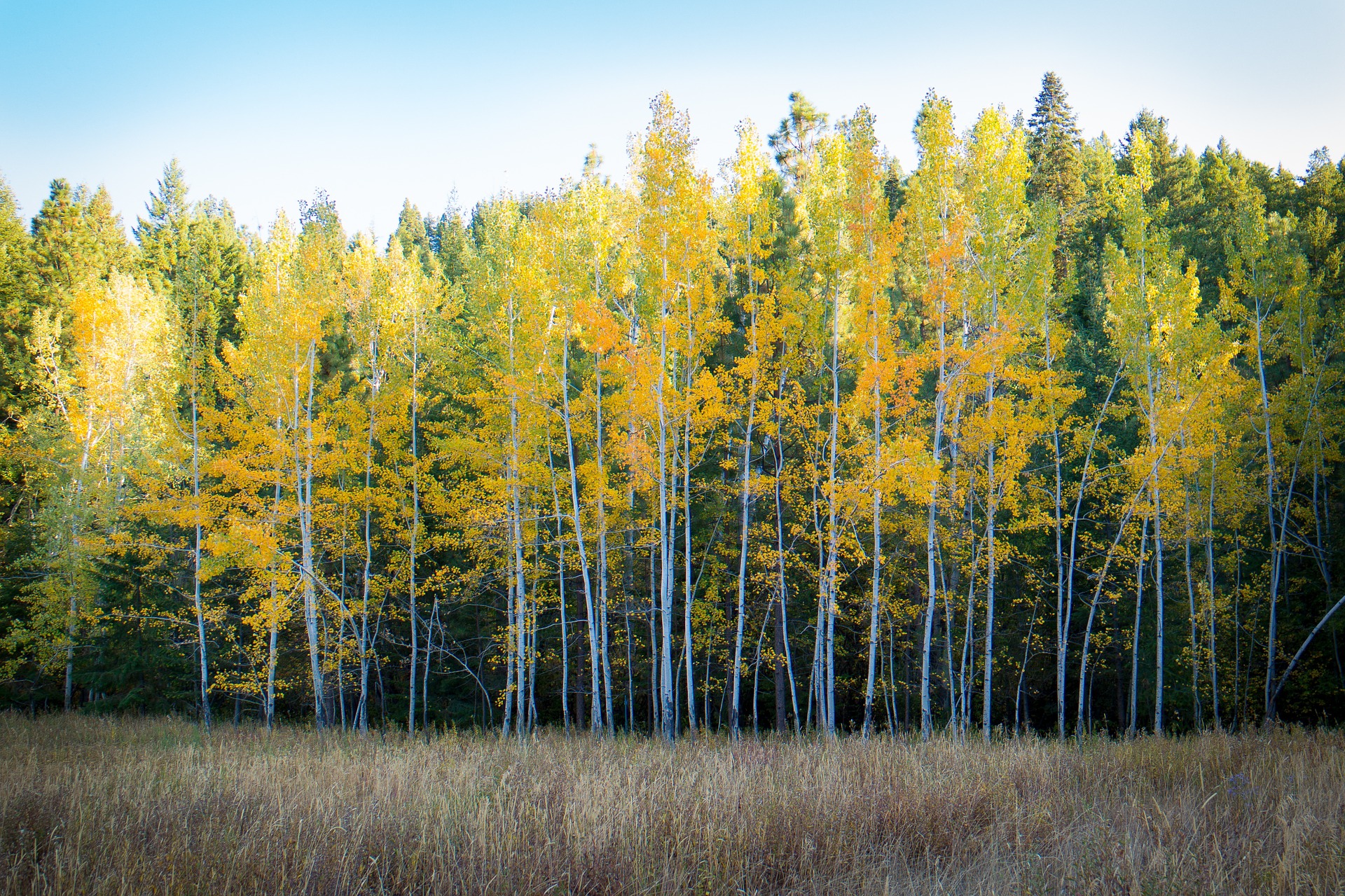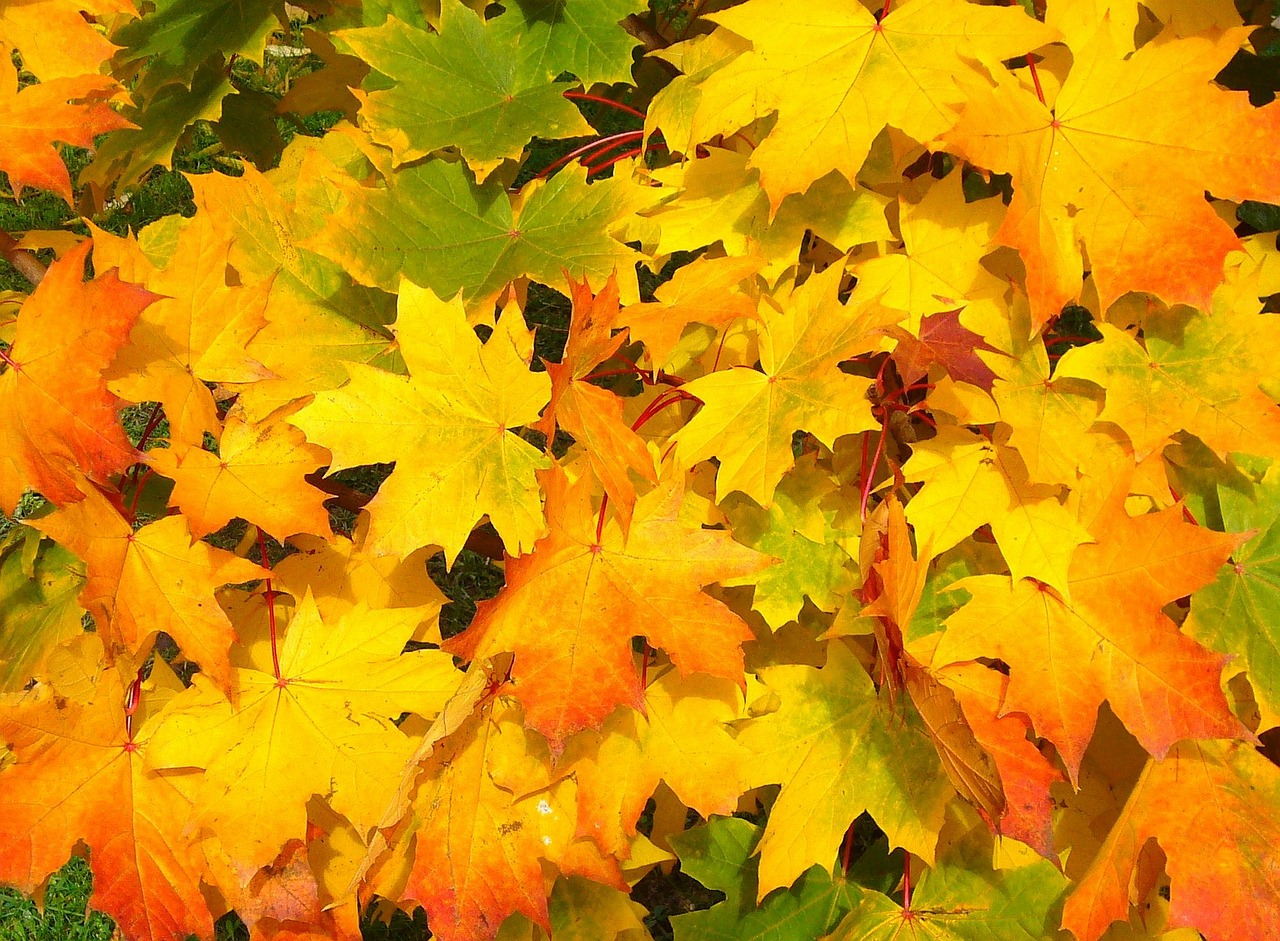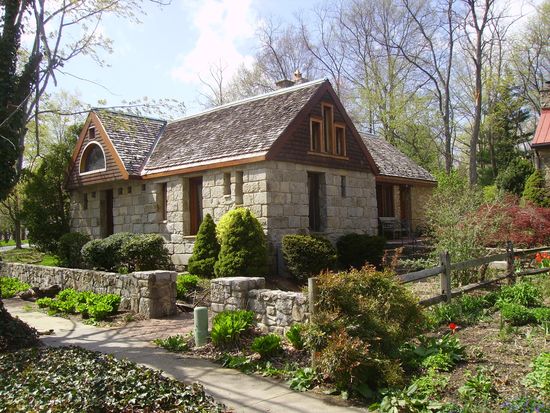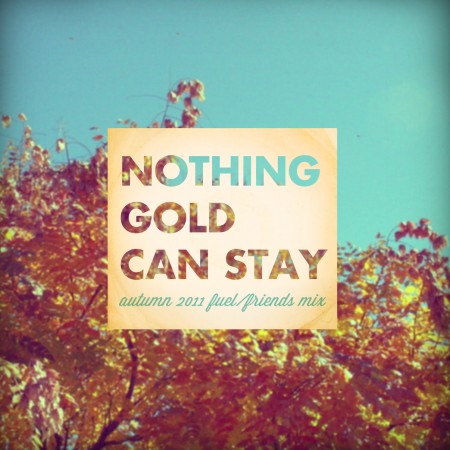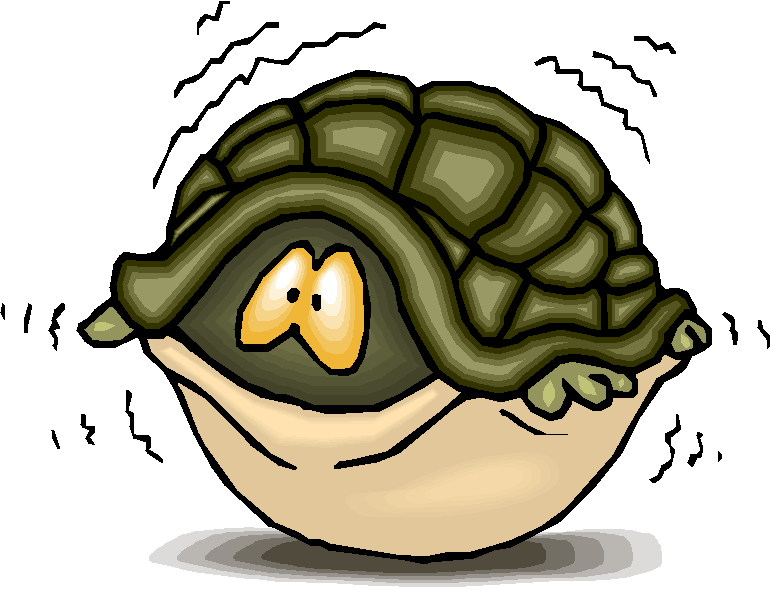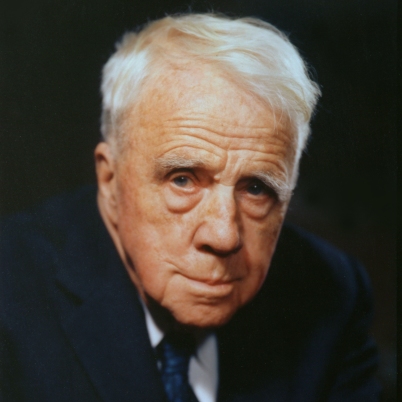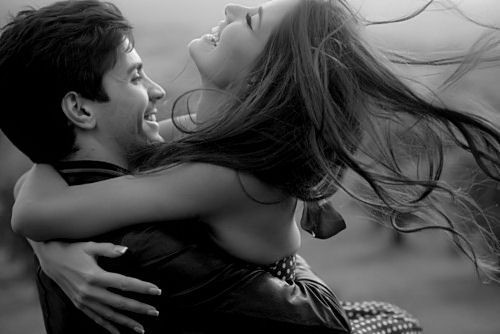Symbolic overtones pervade the laconic atmosphere of the poem. The poem is itself a symbol of foreseeing the ultimate end of the world, punctuated human conditions. The poem is also a symbol of human acceptance of the ultimate and inevitable end, the predestined end that we must and have to embrace.
Figures of Speech in Fire and Ice
In the symbolic aura of the poem, fire, and ice take up both literal and metaphorical stances. On a literal note, through the poem, Robert Frost has enunciated the scientific thoughts of his age, where it was scientifically predicted that the world will either be burnt down by its own heat or the heat of the sun or will burn out to become a ball of ice, leading to mass extinction. The scientific tone is undercut by the more prominent lashing metaphors where fire and ice become a part of human psychology. They become metaphors of the human-mind itself. We are always preconditioned by two primary governing factors- love and hate, and all other auxiliary emotions seem to get blurred out by the extravaganza of the polar emotion. The poet here by the reference to fire contemplates upon the fiery changes of moods and violent heats of passions and love. The usage of the metaphor of ‘ice’ hammers-home to the readers, the effect that cold-blooded hatred and envy causes. We are as if caught up in the inevitability of death and destruction
Fire and ice representing love and hate take up the medium of being paradoxes, mutually negating each-other, yet co-existing. Heat and cold are as if brought together in an uncanny coexistence and a subtle push will let the world crumble down. The poem functions through these binary opposites of love and hate. Even the ideas are oxymoron in their natures. If love represents thesis, hate is its anti-thesis, similar is the case with fire and ice. What the poet has to say through the figurative employment is that we are always caught up by the extremes, leaving us undecided with our eventual outcomes. The outcomes are often not so satisfactory and are deadly.
Fire and ice are also personifications of the Seven Deadly Sins as prophesied by Dante in his Divine Comedy. They become symptomatic to characters Dante met in the upper rings of Hell: “taste” (reminding the Glutton), “hold” (recalling the adulterous lovers), and “favor” (recapitulating the hoarders).
Aphorisms are employed to compliment the didactic tone of the speaker. Ideas of destruction are blended into crisp sentences, and the readers cannot simply escape from the terseness of language employed. Aphorisms are predominantly ‘truths’ told is the disguise. Love and hate are garmented by natural elements called fire and ice respectively to enunciate the perfunctory human activities leading to their own destruction and bringing an end to the world itself.
The poem ends in a decline into anti-thesis, where contrasting ideas give a plausible feeling of balance. “Hate” and “destruction” are equated with notions of being something “great” as the poet participates in the ultimate realization of the inevitable devastating end, promising no other alternative and escape.
Imagery in Fire and Ice
Robert Frost has always been vibrant in is a use of imageries, that aptly juxtaposes with his thematic concerns. The mood of his poems is complemented by vivid images that tease the readers with several suggestions, while the poet maintains his objective stance.
The first figurative image is that of the world. The macrocosm as seen through the lens of the microcosmic man. The world does exist to inhabit us, but it seems to have been robbed of its individuality. Mother Nature seems to have bowed down to human fallacies, awaiting the ultimate end. It seems the creator’s fortune has been predestined by the man himself. We are the ones who contemplate upon the dead-end towards which the world is revolving.
Into the larger image of the world, is fused the fragmentary images of fire and ice. From a scientific point of view, at the inception of the formation of our world, the earth was as hot as fire which eventually cooled up giving birth to life. Thus fire and ice, representing warmth and coolness are the governing life-forces which lead to the generation and gives us solace. On a figurative note, fire and ice are binary opposites and the world encompasses the glorious dichotomy. This creates a mental image of the ability of the Creator to dare in His Creation the combination of the polar opposites. The poet provides a subtle hint at the enormous bounty that we are blessed with and upon which we perform our eventual exploitation.
Fire and ice also take up imageries of the mind, where fire representing desire and ice tracing hatred, form a psychic topography. We are perpetually caught between the two extremes leaving us out as fragmented and petty creatures. We indulge ourselves in the exoticism of the extremes and eventually churn out the toxicity that we are. We are symptomatic to the larger world itself. Discomfiture at the lower level is bound to cause disruptions on the higher plane. Through our destruction, we meet the devastation of the world itself. Desire and hatred are inherent in human nature and the poet is not at all hopeful about a better outcome. We are perpetually doomed in our attempt to master both the fire and the ice, to conquer with either desire or hatred. However, the gap between the two is bridged as often one leads to the other and we suffer the crumbling of emotions.
Lastly, all imaged capsule together form the ultimate mental-picture in Christian theology, of Adam and Eve, the first parents of mankind, thrown out of heaven because of engaging in the sins of desire and hate. And since we are the children of such parents, it is expected that we have to labor perpetually under the image of sins, till a distant sense of redemption brings back promises of hope. There is no escape from the ultimate predicament, death and devastations seem to the only possible fulfillment. Hope this write-up on Fire and Ice rhyme scheme and imagery was helpful.
Some online learning platforms provide certifications, while others are designed to simply grow your skills in your personal and professional life. Including Masterclass and Coursera, here are our recommendations for the best online learning platforms you can sign up for today.
The 7 Best Online Learning Platforms of 2022
- Best Overall: Coursera
- Best for Niche Topics: Udemy
- Best for Creative Fields: Skillshare
- Best for Celebrity Lessons: MasterClass
- Best for STEM: EdX
- Best for Career Building: Udacity
- Best for Data Learning: Pluralsight

